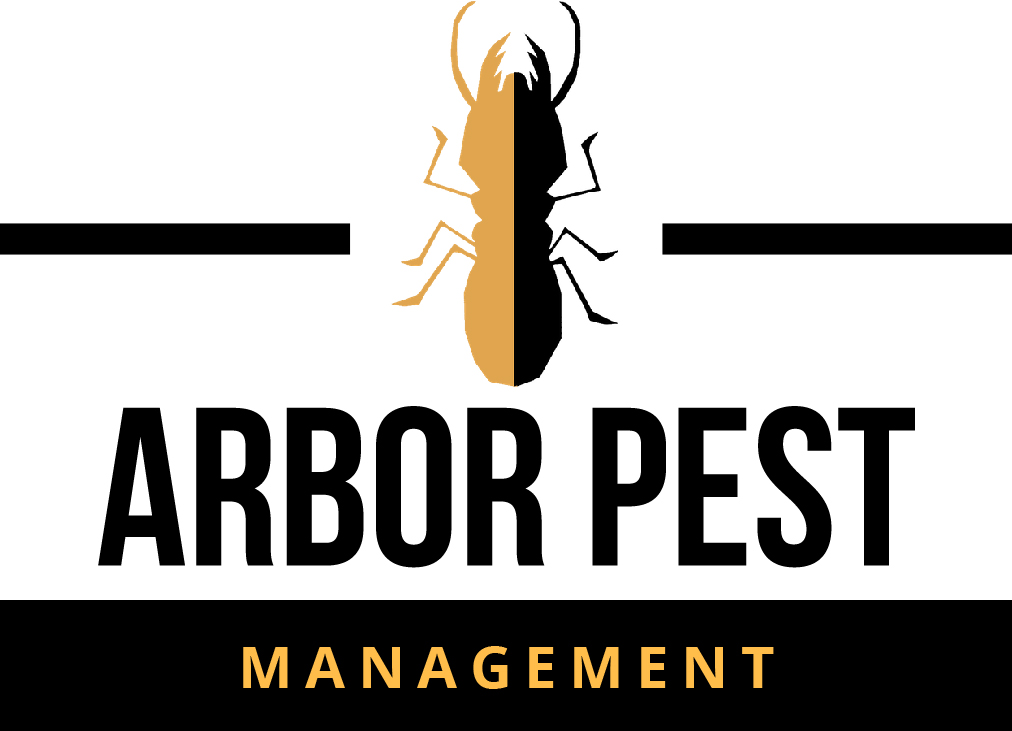Carpenter Bees! Woodpeckers Don’t Help!
The spring activity of carpenter bees generates concern primarily because the bees are large, and the male can be noisy and threatening although he can't sting. Carpenter bees, though, are solitary bees and are not part of a colony. The bees are usually seen in pairs although several pairs can be working the same area.
There are at least seven species of large carpenter bees in the U.S., but the best known with the most extensive range is the Eastern carpenter bee, which can be found as far west as Kansas and Texas.
This bee closely resembles the yellow and black bumble bee in size (1 inch or 25 mm long) and appearance except that the carpenter bee's abdomen is shiny black and hairless, not fuzzy. Three western species of carpenter bee are smaller and mostly dark or metallic in color. Depending on the species and your location, overwintering bees emerge from February to May, mate, and begin nest construction and egg-laying with April to May being the busiest times in most regions.
Carpenter bees construct individual gallery nests usually in the weather and unpainted wood. Typical nest sites around homes are redwood or cedar decks, the underside of outdoor wooden furniture, or the unpainted backsides of soffits, fascia boards, trim, or wooden siding. The entrance hole itself is completely round and about the size of a dime. The hole may be hard to see but you may see coarse sawdust or yellow-brown fecal drippings on siding or other surfaces below the nest opening. Any damage is usually just cosmetic, not structural, but when multiple pairs are nesting in the same site or when the same site is used again the following year, the damage and disruption become a problem.
The female bee does all the work, chewing out a nest gallery that is several inches long and will contain 6-8 larval cells. Inside the opening, the gallery makes a sharp right turn and follows the grain of the wood. As she finishes each cell, the female lays an egg and provisions the cell with a pollen ball for the hatching larva to feed on. In some cases, she may lay eggs in an already existing gallery. While all this is going on, the male patrols the nest site, diving and buzzing at anything that he perceives to be a predator. Despite all his bluff, he does not have a stinger. The female carpenter bee can sting in defense but is not aggressive. This whole process takes just days.
After developing in their cells for several weeks, the larvae pupate and later chew their way out as adult bees. In southern locales, there may be more than one summer generation but, in most regions, new bees emerge in late summer. These emerging fall bees visit flowers, feed on pollen, and clean out their old nest gallery where they will often spend the winter to emerge and mate in spring.
Woodpeckers – Secondary Pests
You may not realize they have developing carpenter bees in their wood trim or deck until they experience the attack of the woodpeckers. Woodpeckers can detect the presence of the fat bee larvae inside the galleries and will make a real mess of the wood trying to reach that tasty meal. The birds might continue to peck away for some time even after the gallery has been treated. Netting or other nonlethal bird deterrents may be necessary; woodpeckers are protected birds. Woodpecker damage to the wood that is discovered well after the fact may be mistakenly blamed on wood-boring beetles or other pests. Look for the round carpenter bee nest opening.
Controls for Carpenter Bees-
Like other solitary bees, carpenter bees are beneficial pollinators. Since carpenter bees are temporary pests and not aggressive, control is recommended only if the bees' activities are causing damage to structures, or if someone is allergic to stings, or if woodpeckers.re an issue. The primary nonchemical control is to paint wood that is being infested. Painting seems to be more effective at deterring nesting bees than wood stain or preservative. In some cases, homeowners are replacing susceptible wood with PVC rails and trim.
Carpenter bee nesting can be deterred by spraying old nest sites each spring with an appropriately-labeled repellent pyrethroid before activity starts (timing is important), or by spraying holes under construction to kill adult bees. Galleries can also be treated with aerosol injection or dusts which may not kill bee larvae sealed into cells at the back of the gallery but should kill the new adults as they emerge weeks later. Whether to plug treated openings is debatable. It may discourage future use of the same nest. Allow 24-48 hours before sealing to give the provisioning female time to return to the gallery and receive a lethal dose.





